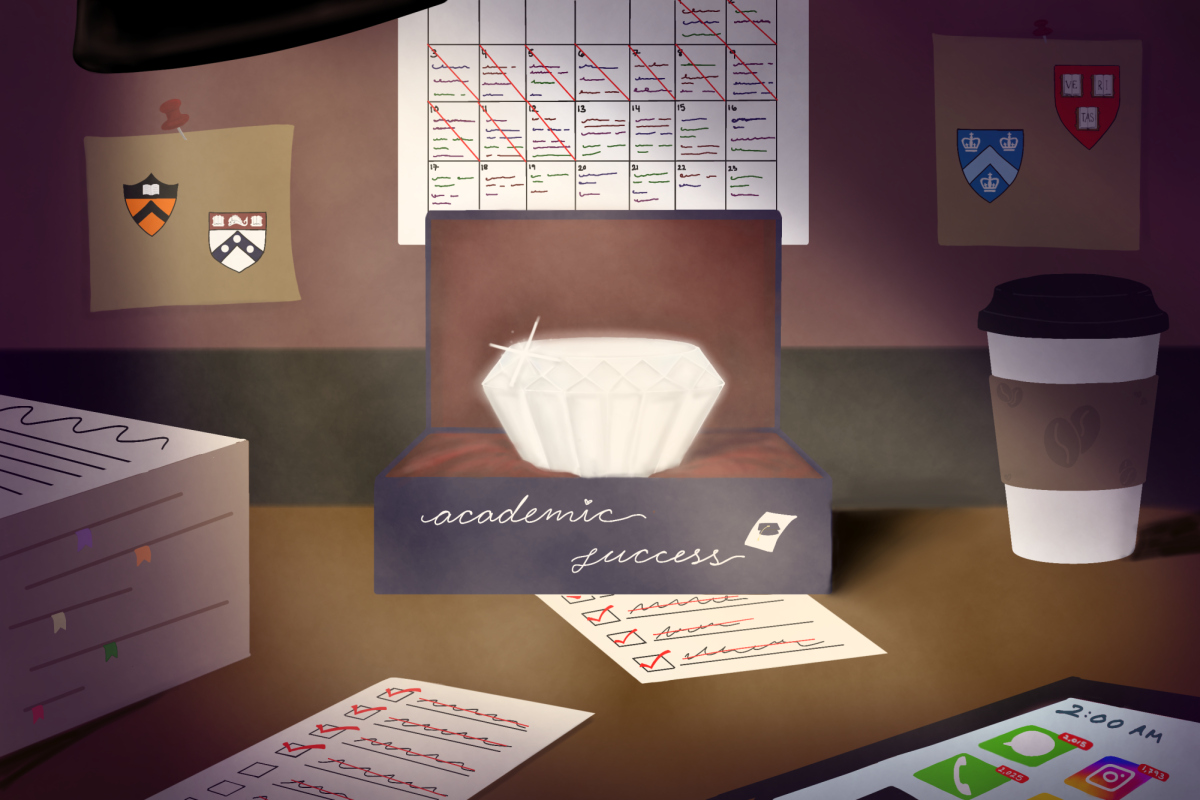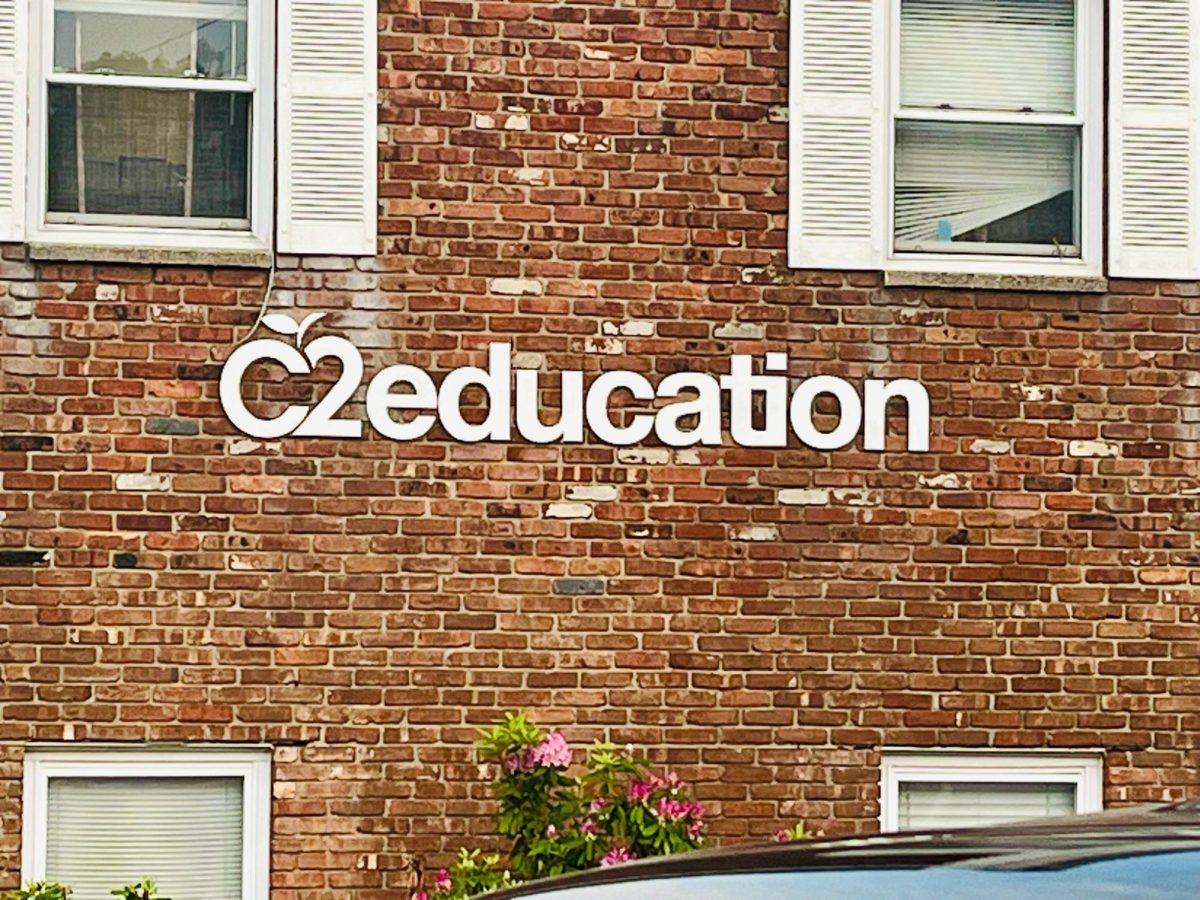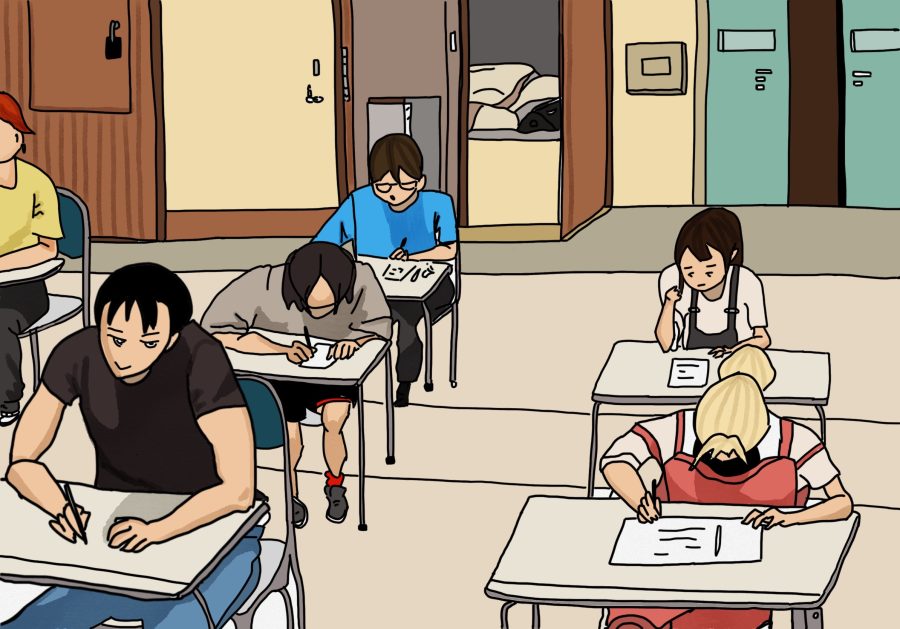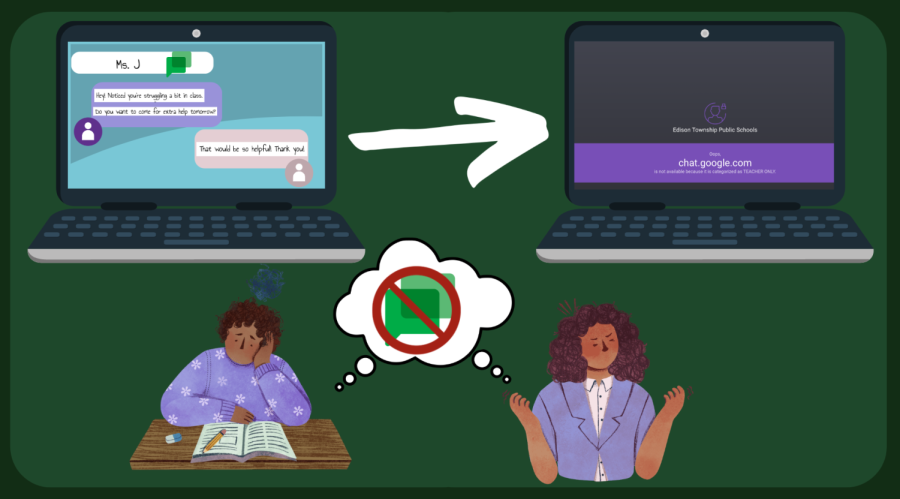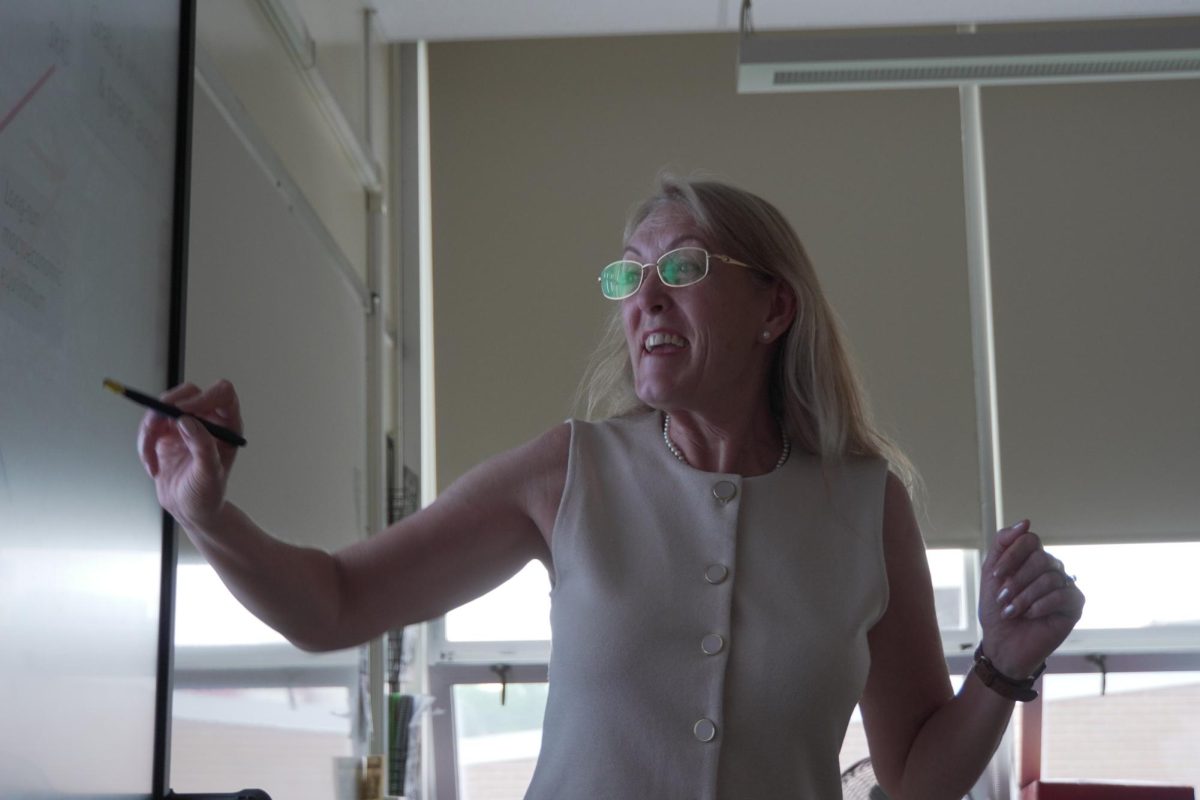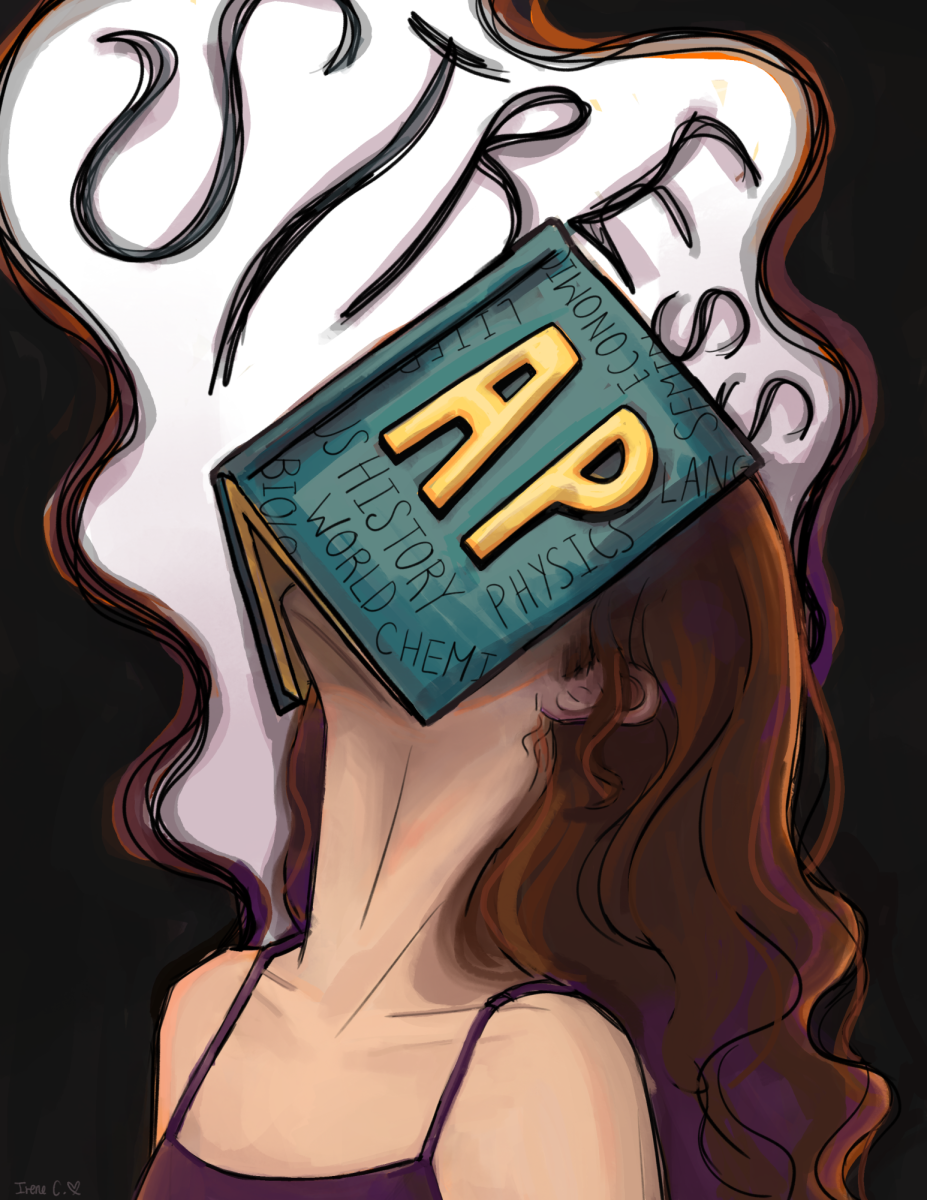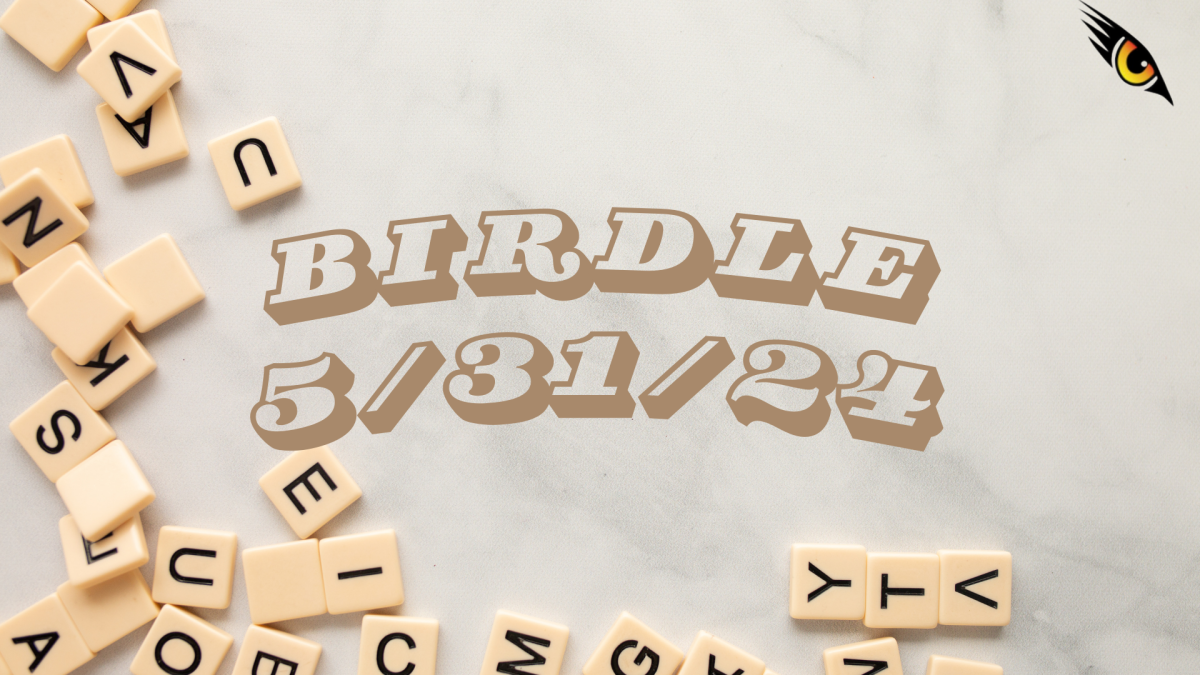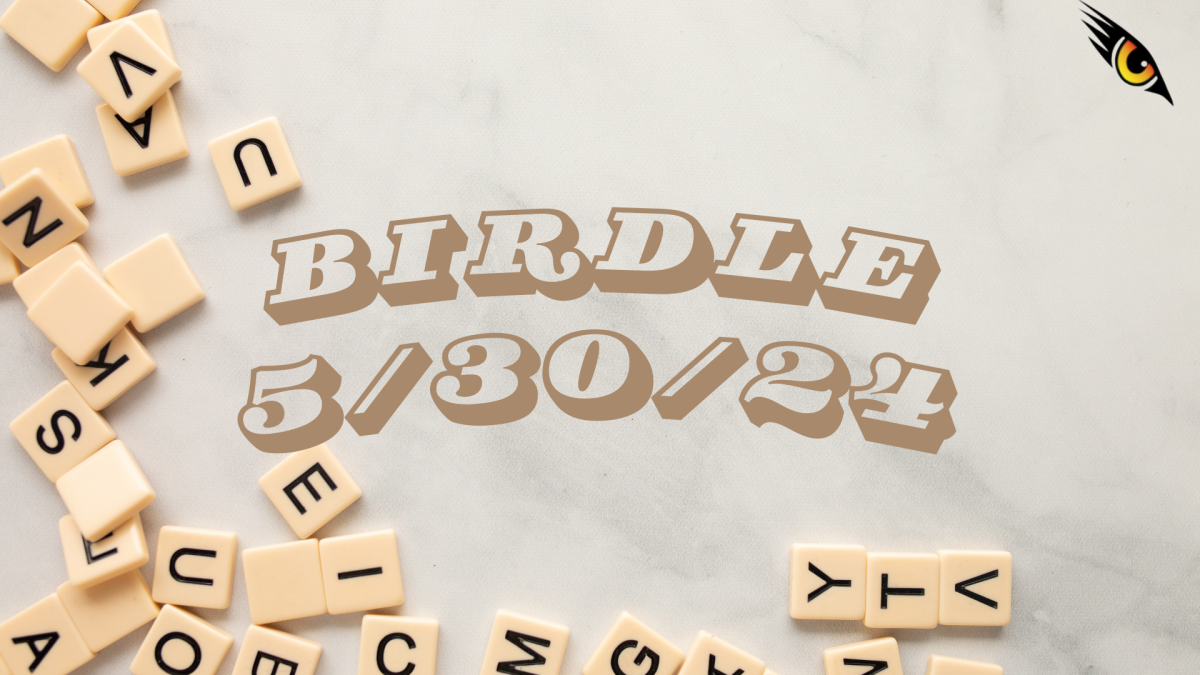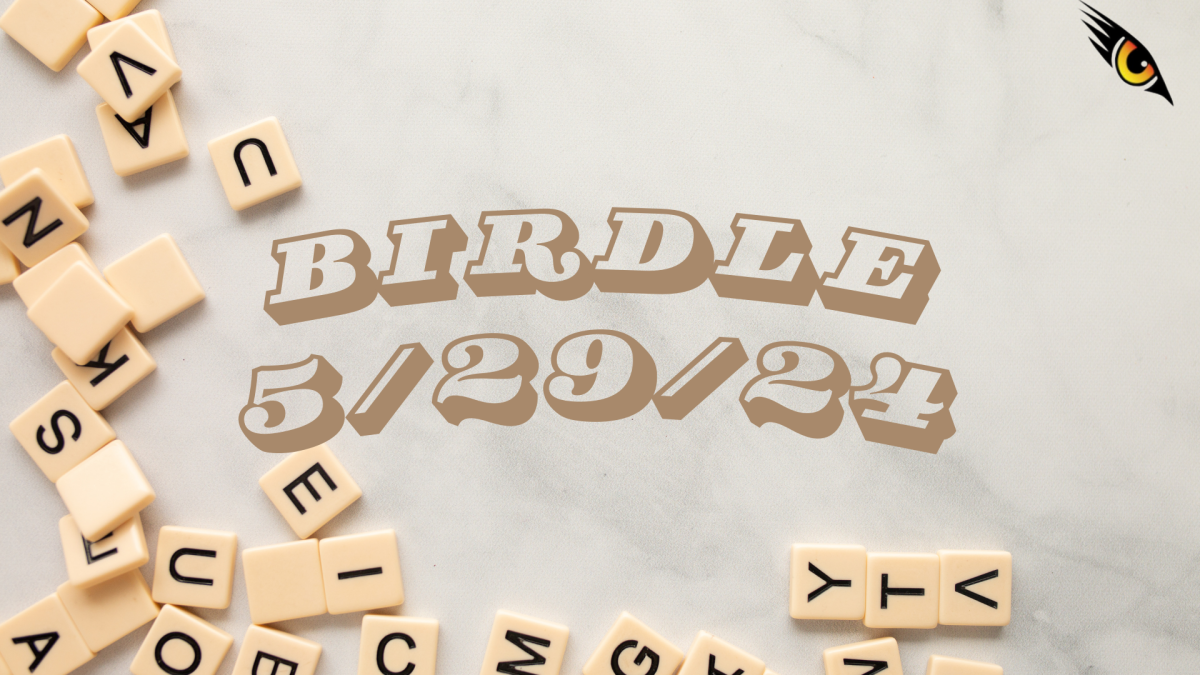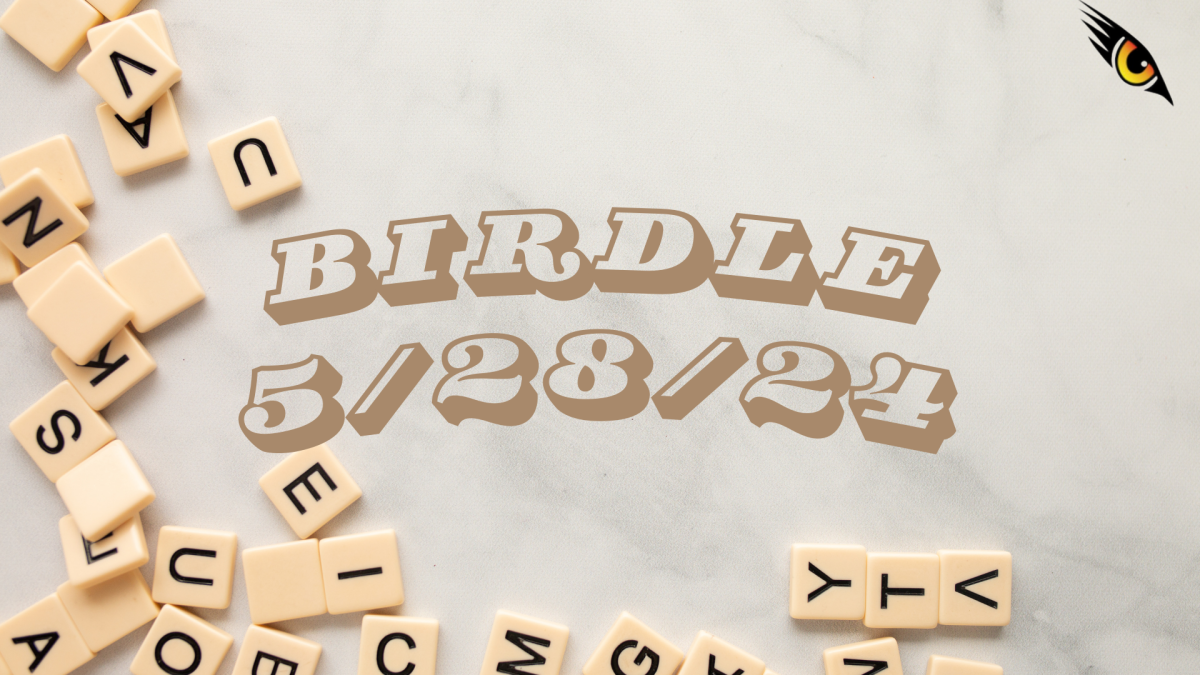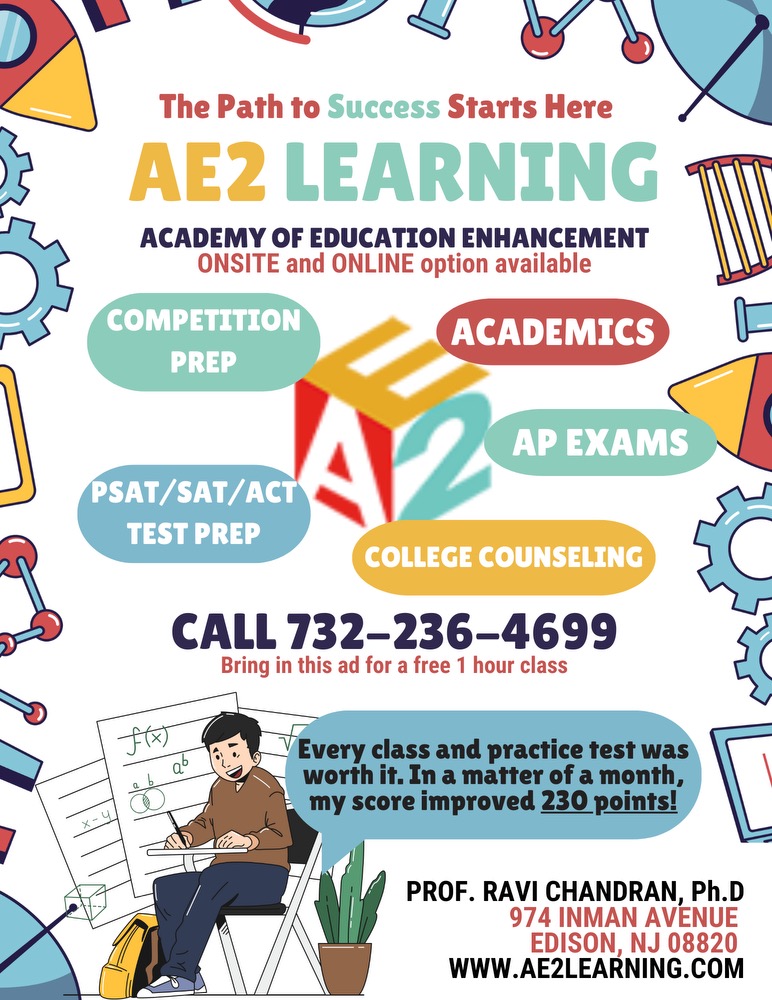SAT is Going Virtual
What Does This Mean for EHS and Beyond?
Students will soon take the SAT on their computers.
April 28, 2022
Students, put down your pencils… The Scholastic Aptitude Test (SAT), a common standardized test that often plays a part in college admissions, is going virtual. This new format of testing is expected to roll out in 2023 for international students and 2024 for U.S. students, with fewer questions and a shorter testing time.
The COVID-19 pandemic disrupted typical standardized testing procedures, downgrading the efficiency of education systems. With the addition of pandemic fear, financial issues, and virtual learning, many high school students were more stressed than usual. As a result, many colleges and universities removed the standardized testing mandate option and declared admission processes “test-optional.”
According to the College Board, the organization that administers the SAT as well as other standardized tests, “In the class of 2020, nearly 1.7 million U.S. students had SAT scores that confirmed or exceeded their high school GPA. That means that their SAT scores were a point of strength on their college applications.”
As the College Board announces the various changes being implemented for digital SATs, controversy rises amongst test-takers and educators. Some feel that optional SATs will serve a more holistic role in college applications, while others find that SATs are losing their relevance in the education system.
“I don’t like that the SAT is going online, because its importance is going to go down, and as a person who prefers standardized tests over nonstatistical factors in the college admissions process, it’ll be harder on me,” said STEM Academy Student Mei Kim ‘24.
On the other hand, some believe that digital testing is beneficial for students’ futures and integrities. “Any career-based test you may need to take in the future will likely be online, such as the LSAT, MCAT, GRE, etc. The digital SATs will help prepare students for such exams moving forward,” said English Teacher Mrs. Michelle Curcio.
The digital SAT will be two hours instead of three, and students and educators are promised that scores and results will come back in days instead of weeks. Passages on the reading sections are expected to be shorter, and calculators will be permitted on the entire math section. The shorter SAT is said to be taking on an “Adaptive Testing Format,” meaning that the difficulty of the content shifts as each question is answered. This format is said to make the digital version of the SAT cheat-proof.
This alternative form of testing is the start of a new era in the education system. Through it all, students must learn to adapt and persevere in this enterprise of an education system.













